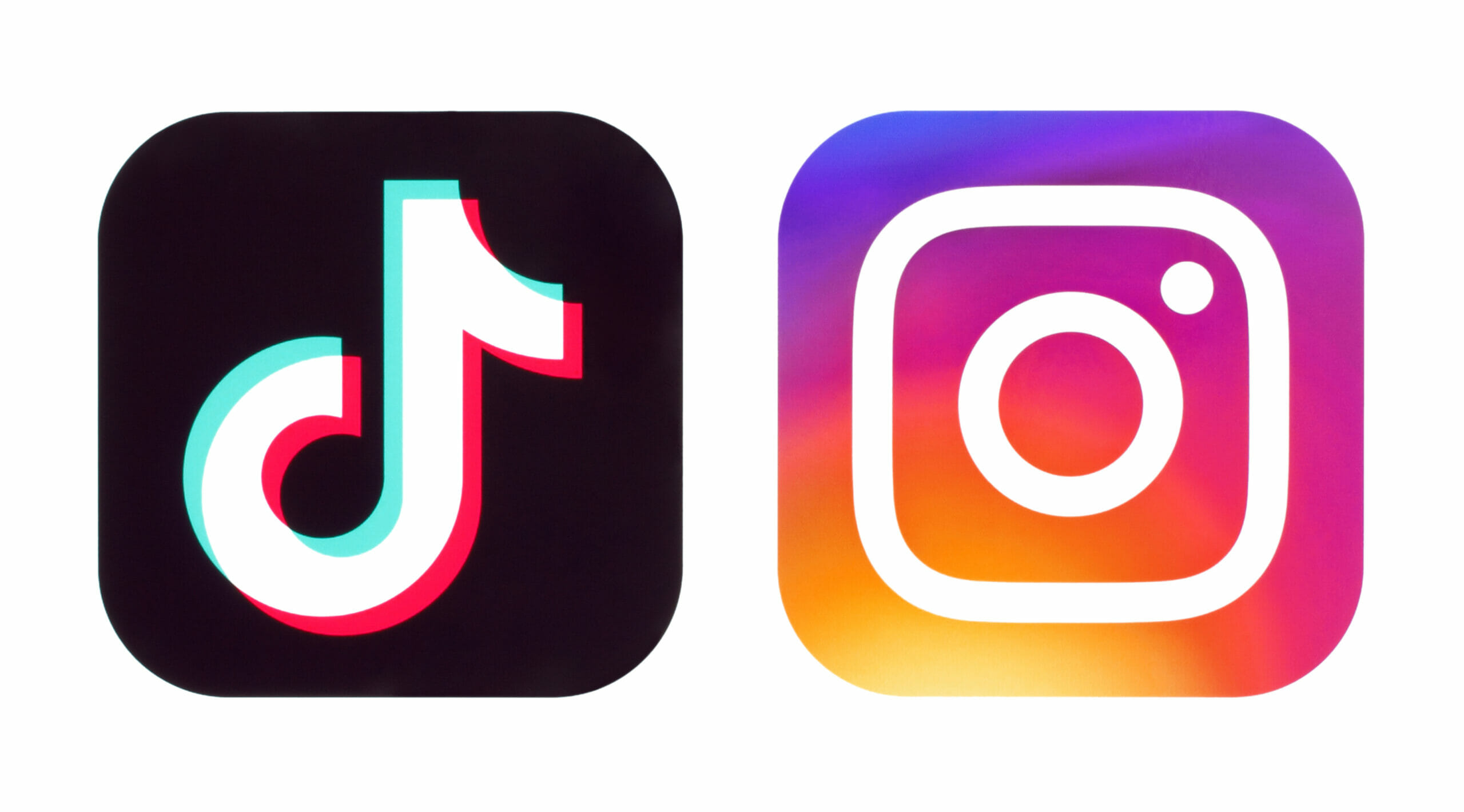TikTok was once thought to be “a video production tool that allows users to make and share 15-second videos.” It was even arguable if you should use it for business because there was a risk it may be prohibited in the US.
The site surpassed large networks such as Twitter, Pinterest, Linkedin, and even Snapchat with 800 million monthly active users less than 2 years ago. Nevertheless, TikTok stated in September 2021 that it had surpassed one billion monthly active users, implying a huge advertising opportunity, especially when compared to its competitor, Instagram, whose popularity continues to rise.
As a result, we were introduced to Instagram Reels advertisements in June 2021. On your Instagram feed, Reels adverts display in the Reels tabs.
We believed that this would be a perfect occasion to put these two competing platforms to the test. As a result, we wanted to assess how they did in terms of reach and brand awareness. So that the experiment can be relevant, we used the same variables on the two platforms.
On TikTok and Instagram Reels, the factors were as follows:
- The same video, but this time it’s about promoting a product.
- Every day, the same budget
- In the same age bracket
- In the same location(United States)
- Frequency limit set by the advertiser
- The same amount of time
- An identical landing page
- Similar ad copies
- The same CTA button
Even though we couldn’t stop ourselves from debating the winner internally, the findings were unexpected and completely one-sided, so we want you to do your own experiment. We wanted you to evaluate how these two platforms performed with the same configuration but different content.
Does it Make a Difference What Kind of Content You Have?
Every time you want to launch an ad campaign on a given platform, you must consider your target demographic. Your audience may appreciate various forms of content, as we discovered the hard way—we’re talking about native video versus product video.
Our second experiment used the same factors as the first, but took an entirely different approach to video content. The second section of this case study examines a more human, so-called TikTok-like video. We would like you to tell us your observations when you tried this.
With these experiments, what will we be measuring?
Following these tests, the following metrics are what you should monitor:
- Reach
- CPC
- CPM
- Cost/1,000 impressions
- Impressions
- Clicks
- CTR
When considering reach and impressions, we must keep in mind the age ranges we choose for both platforms, since they may differ. We targeted the 25 to 44 age category, and we’re fully aware that, even when compared to Instagram, TikTok has a younger user base. As a result, these metrics, as well as the cost per 1,000 impressions.
Because we’re talking about a video ad, clicks and CTR were not the most important metrics to track. We were also looking to raise awareness, but it wouldn’t hurt to look at those numbers as well.
|
Recommended posts
|


